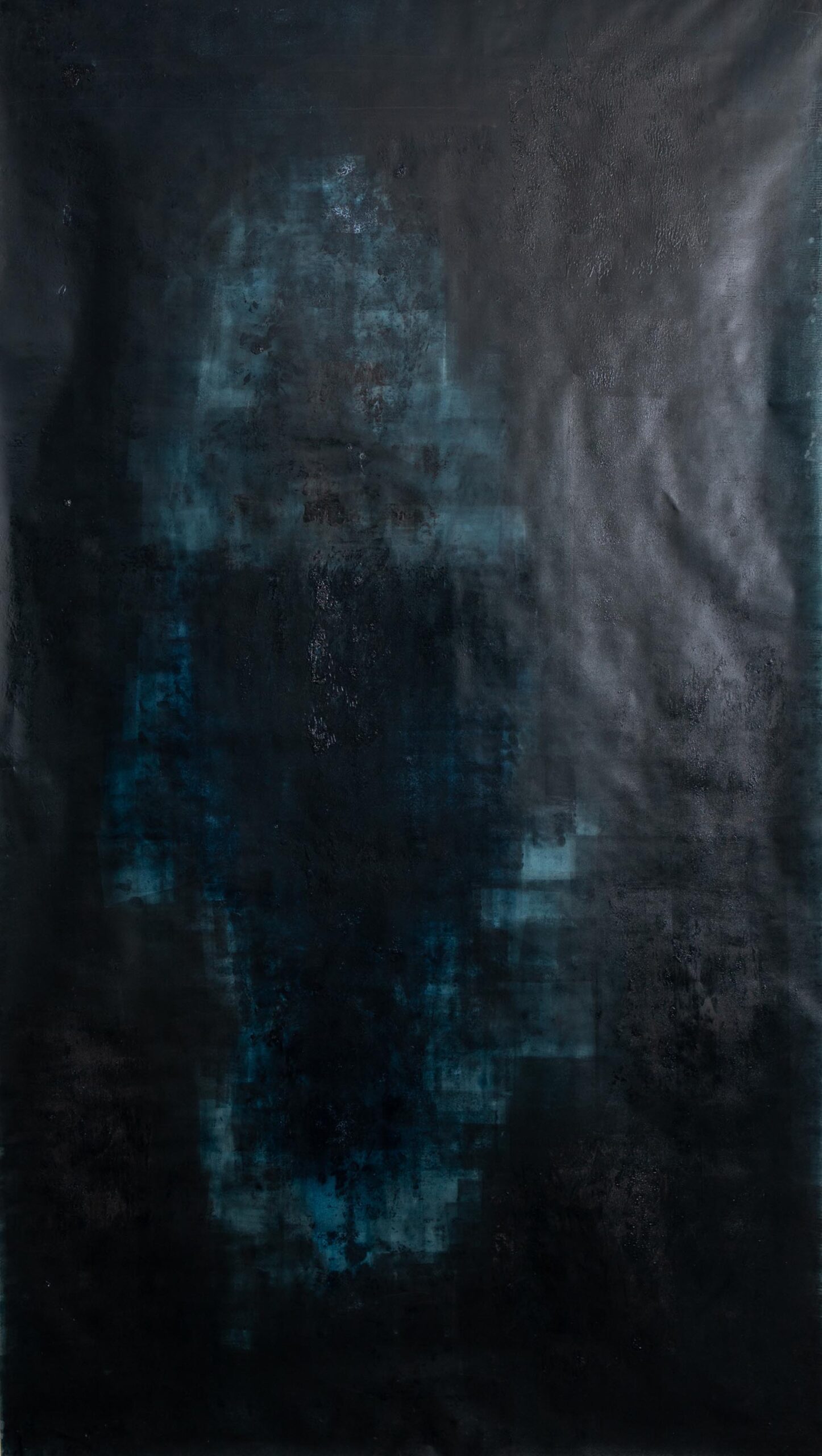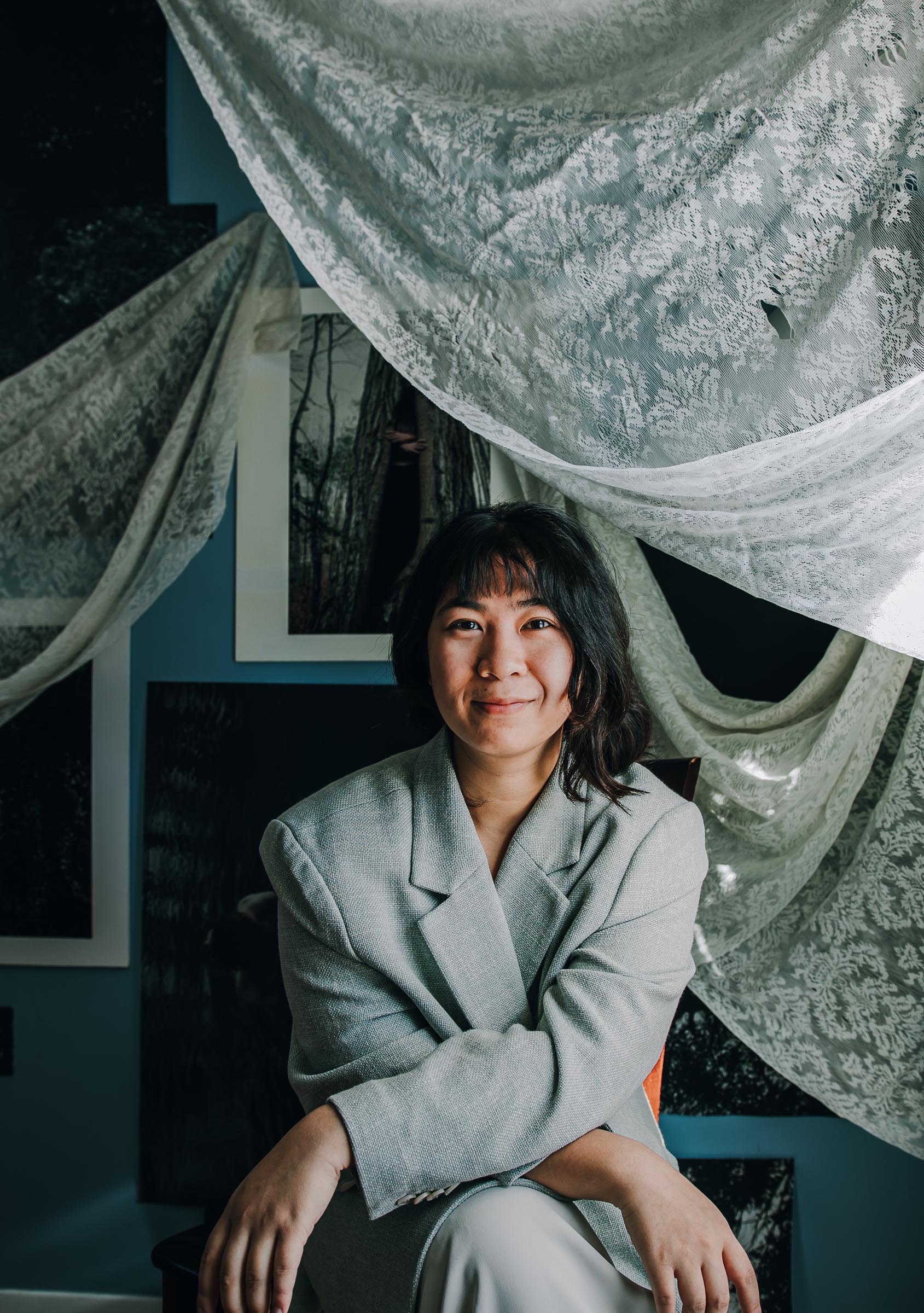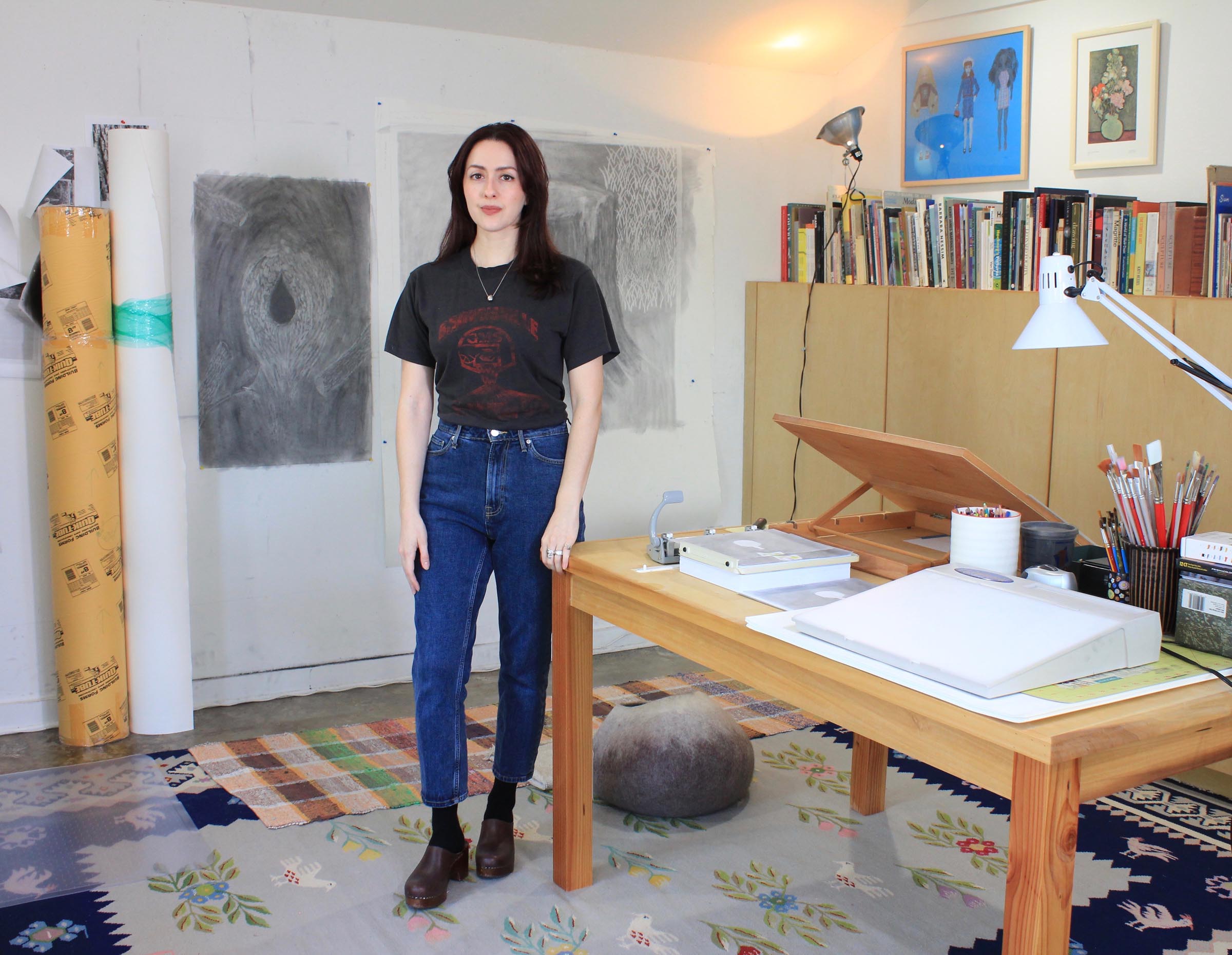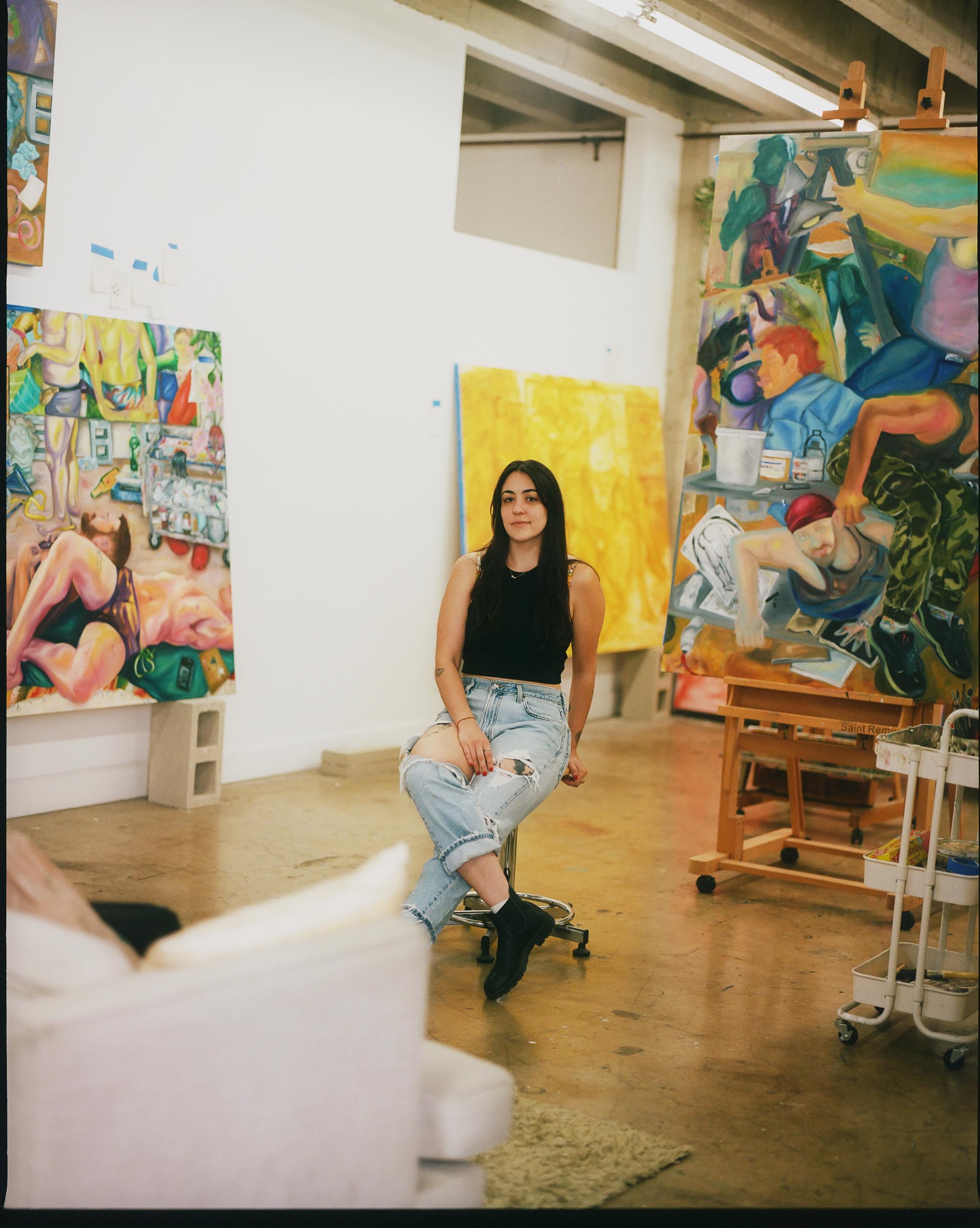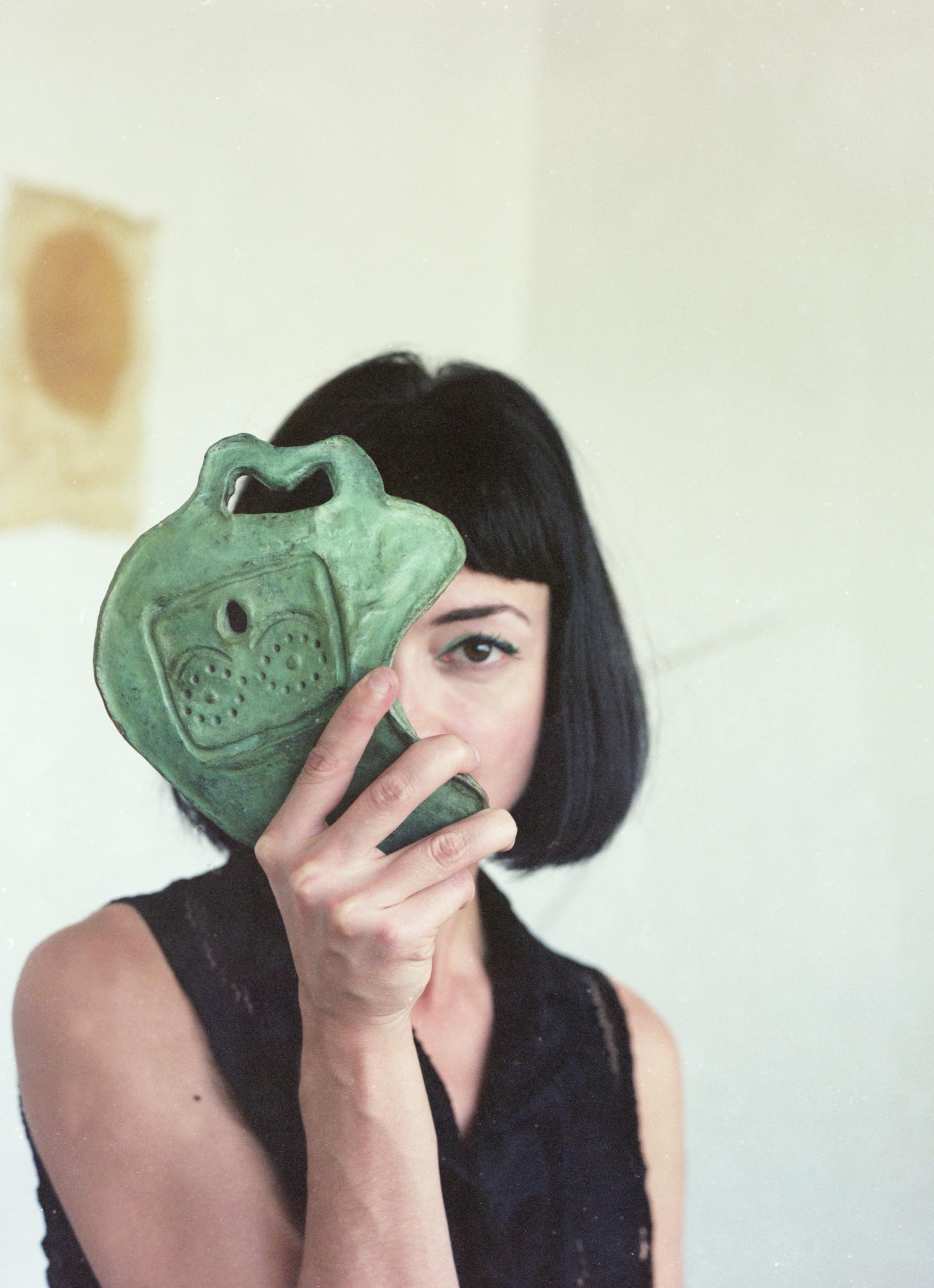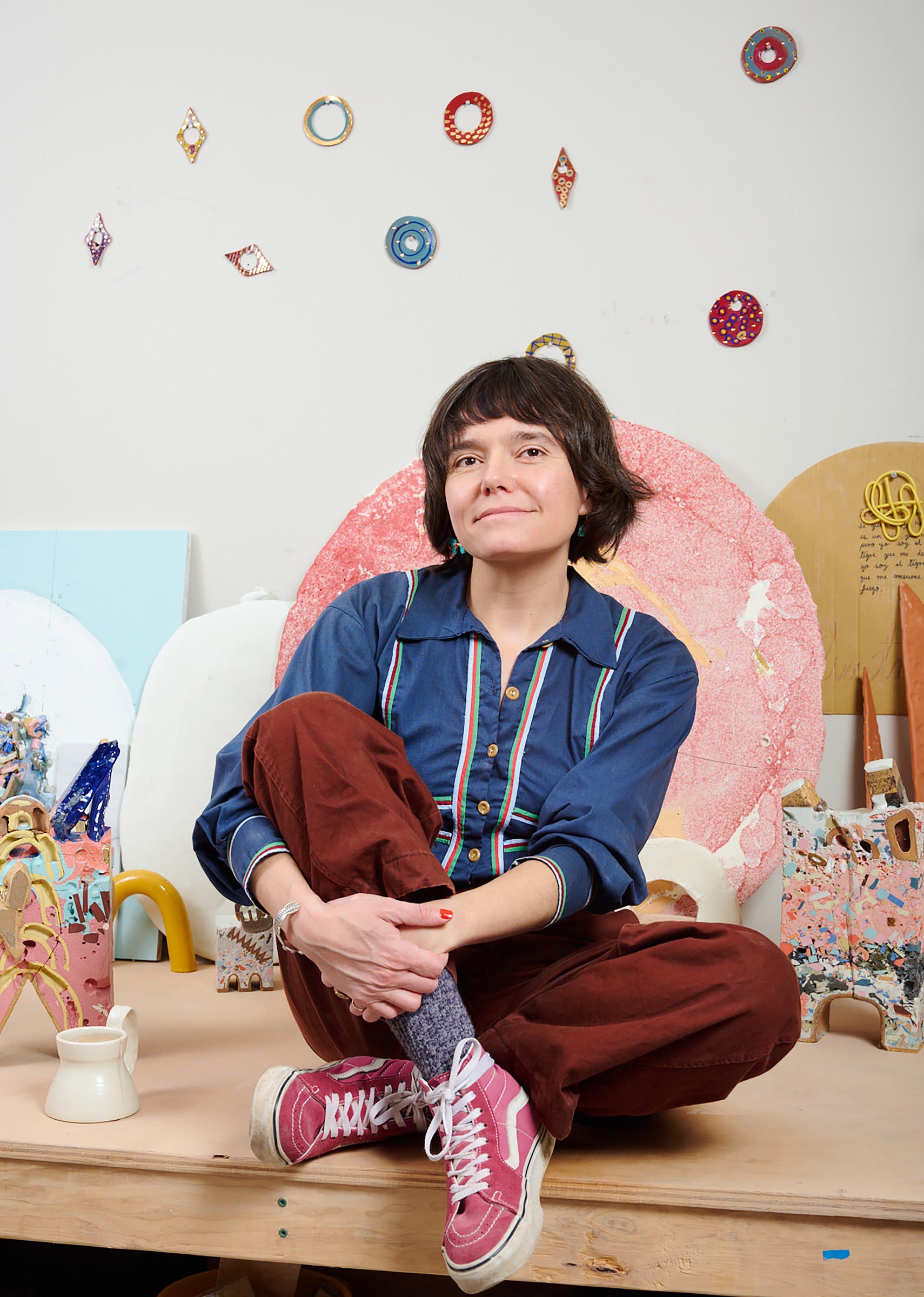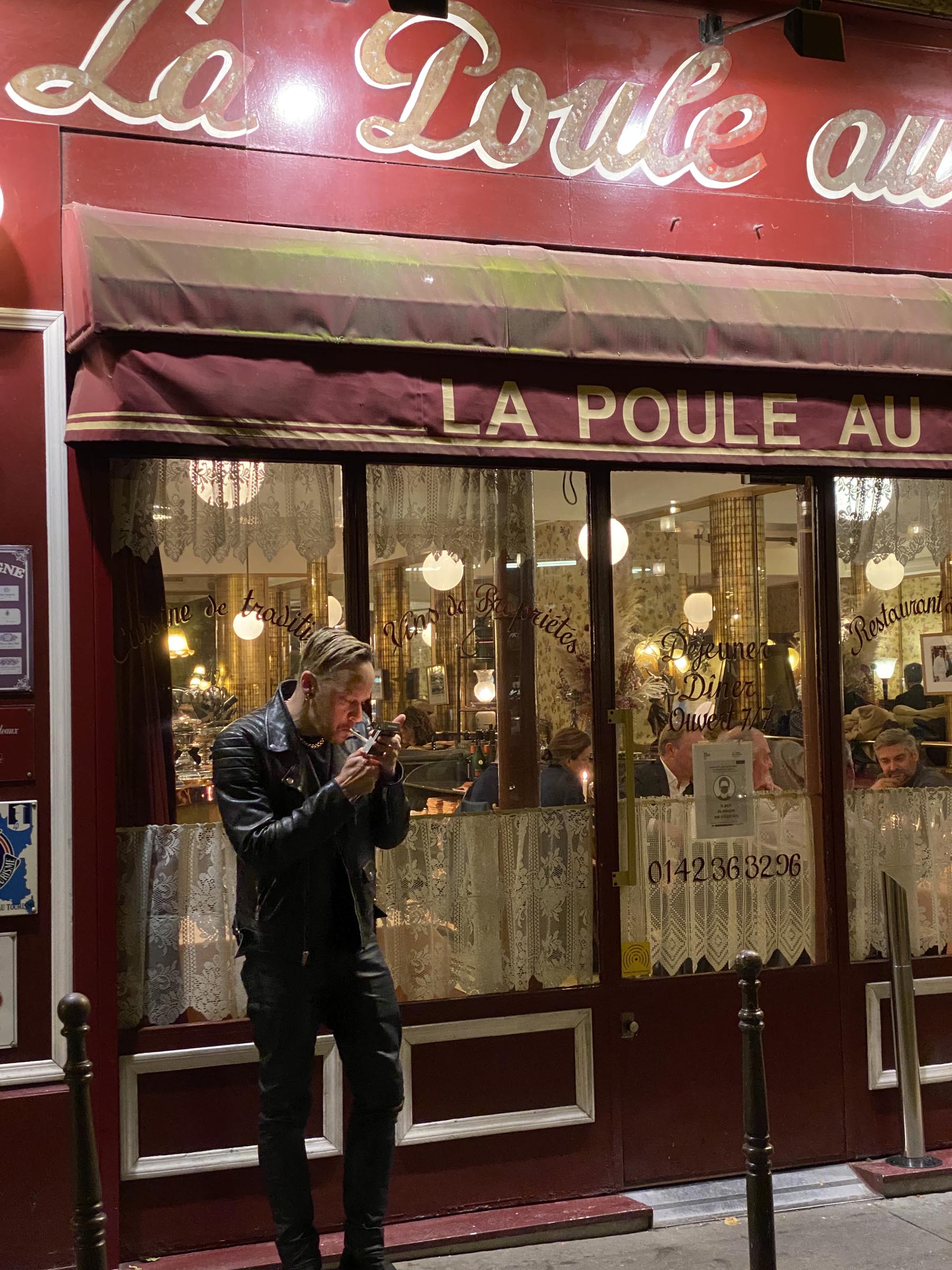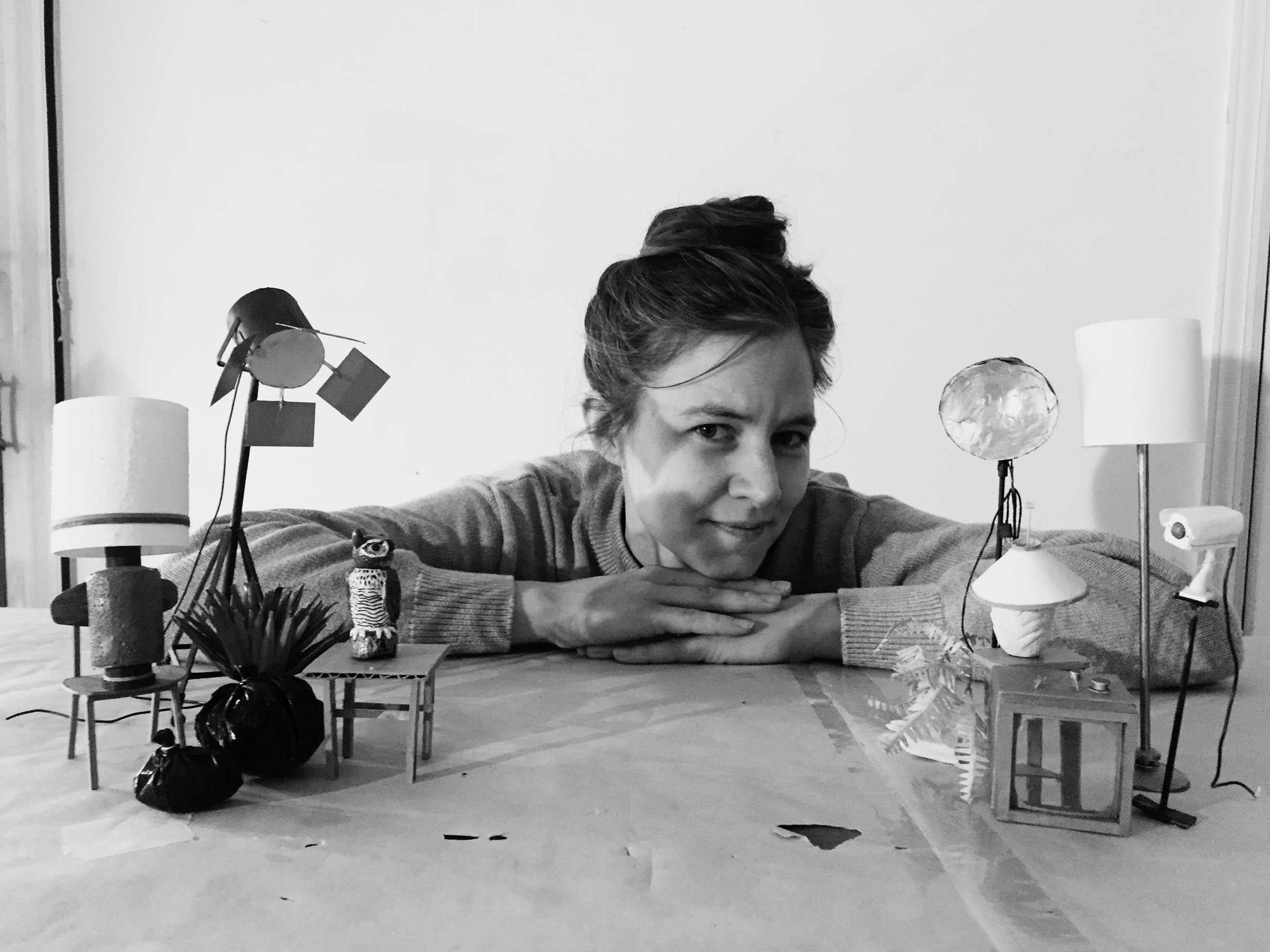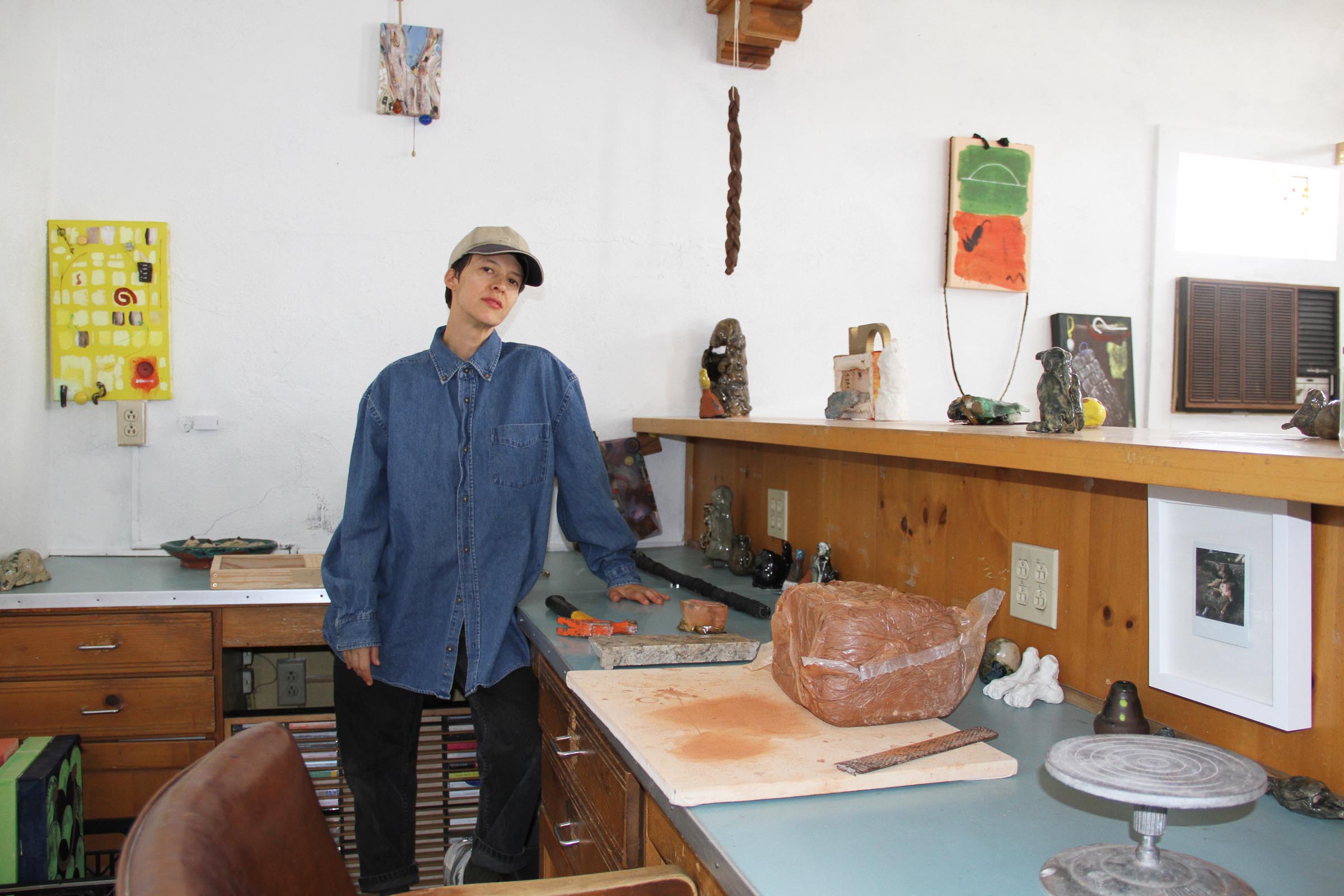How did you get into making art?
I used to play being an artist when I was a child. I spent weekends turning corners into workshops, assembling categories of drawings and paintings, and insisting on failed attempts to create some sort of forms. There was a sense of amazement about it that fascinated me. As a teenager I began to have more philosophical concerns so, during the first years of college, I studied both Visual Arts and Philosophy. I finally followed the path of art because it was my way to propose languages of approach and an active way of thinking. This is still what captivates me about the artistic practice.


What are you currently working on?
I am opening an exhibition here in Santiago, Chile, at the end of this year. It is a different challenge from previous exhibitions because it is a centenary space that was originally the headquarters of the Monastery of the Carmelite Nuns of Santa Teresa – today a Cultural Center. Its main room was the monastery´s old chapel.
This is an interesting test for me because of the history of the place and what the chapel already displays in itself.
The project is a site-specific installation that works on the idea of “heaven”. The proposal arose while I was working on my previous exhibition, at Hache Gallery in Buenos Aires, at the end of 2023. There I worked for more than a year hand in hand with Malena Souto Arena, the curator, and together we became interested in concepts such as emptiness, the zenithal, the nocturnal and entelechy. The exhibition was titled Oscuro sobre sí and it was a conceptual proposal where I insisted on the material research of graphite and Prussian blue ink and the perceptual relationships that were generated in the installation of these works with the gallery space.
The chapel appeared at that moment as the right place to deepen the works that began in Oscuro sobre sí. Putting the work in dialogue with the architectural characteristics of the old Monastery is a challenge I am looking forward to.

My artistic investigation concentrates on basic exercises to address metaphorically the question about how to inhabit a blank surface.
Elena Loson

What inspired you to get started on this body of work?
For several years now, I have been emphasizing the installation-based character of my work. I would say that a first approach was rather intuitive (2016) with the work Ensayo sobre la Aparición de una Imagen, conceiving the potential of drawing as an installative proposal. It was representative on how my work methods operate by experimentation and repetition, allowing the materials to determine the possible images that arise from my encounter with them.
During 2018 I wanted to get this further. This is how Un Muro más Allá was conceived. This project was exhibited at Hache Gallery and included 2 works: a “Muro” which was a large, curved structure covered with graphite that connected two rooms of the gallery dislocating its architecture. And a “Horizonte”, a large table of remains, drawings, graphite rocks and blocks that addressed the workshop as a concept while proposing to replicate the processual dimensions of my investigations in the studio.
In 2023 I had my third solo show at Hache, Oscuro sobre Sí, where I installed portals in which the gesture in time became matter. The serialized work conveyed the process of my encounter with etching Prussian blue ink. While saturating the ink until near blackness in a repeated rolling action, translucent lights appeared being the trace of the present pulse.
As I mentioned earlier, the room for which I am currently working is a great opportunity not only to propose a more radical installation, but also to work around a space that is already loaded with signifiers, with all the limitations of a heritage space, its technical challenges and also its pre-conceptual burdens.


Do you work on distinct projects or do you take a broader approach to your practice?
I have been thinking a lot about this question. There is certainly a bit of both, something very much about flexibility that requires practice. A broader approach is a perspective that develops based on coherence and consistency.
I would describe my production as a loop, certain themes or approaches that are insisted upon in a progressive cycle. My artistic investigation concentrates on basic exercises to address metaphorically the question about how to inhabit a blank surface. Tensioning the support with a limited repertoire of materials, the pieces respond to my working method: in the repetition of gestures and actions, emerging forms are configured.
In other words, there is an interest in the material investigation of the medium with which I work, with repetition and insistence, with the exploration of supports and their conceptualization in space. In this sense, independent of any specific project, I believe that all my practice has found a common thread that allows me to appreciate the different series of works as part of the same problematic.
I speak of series because that is the natural form that derives from my processes. This is the basis of all my practice. There are times when it materializes in specific projects and others where the works remain in a more experimental terrain that can find another time, or not, to be updated.

What’s a typical day like in your studio?
I don’t have typical days. In addition to my own production, I am also Content Director at an artistic-educational project called Nube Lab so I split my time between my own studio and the Nube workshops.
During the pandemic I also set up a studio at home, which is basically a desk that resembles very much my childhood improvised studios where I make small-scale drawings at a different pace. They are called night drawings and through them I have discovered something different, which has to do with going to sleep with a hangover from work and being able to perceive it with fresh eyes in the morning, before receiving other information. I believe that this, giving rise to other states of consciousness in my practice, has somehow managed to enter my formal studio, the space outside my house where I work during the day.
During the work with Malena, the curator of my last exhibition, we talked a lot about workshop practice. About this, she wrote: “The gallery is envisioned as the phantasmatic double of the studio. In it, what the artist calls ‘moments of nonexistence’ occur. It symbolizes the experience of solitary perception, sudden revelation, the memory of a work—specific events that happen when exploring the crystals of form.”
Undoubtedly, beyond my routine, the studio experience is something that crosses me and that I am interested in problematizing as a conceptual place, an experimental way of going through any kind of space with a curious, doer mentality, that respects and understands the need to make room for mistakes to let the unexpected appear, which is sometimes richer than what was projected.
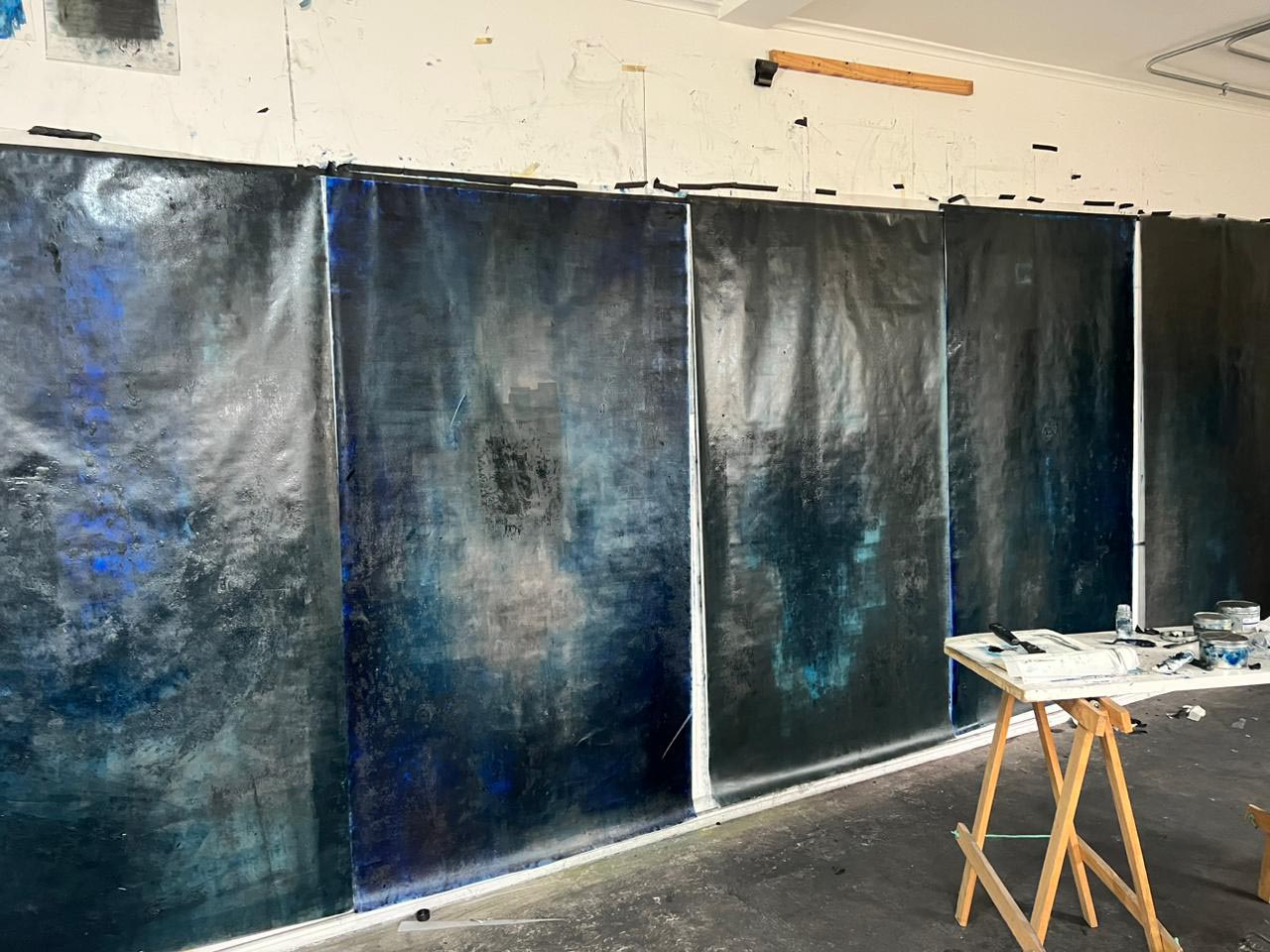

Who are your favorite artists?
The first ones that come to mind, either out of admiration or affection, and regretting all those who are inadvertently being left out: Liliana Porter, Rothko, Anselm Kiefer, Sol LeWitt, Paula de Solminihac, Richard Serra, Matias Duville, Hilma af Klint, Alberto Greco, David Hockney, Victor Grippo, Francis Alys, Robert Smithson, Lucas Di Pascuale. Mercedes Perez San Martin, Agnes Martin, Javier Otero, Pablo Rodriguez, Marcela Undurraga, Cynthia Kampelmacher, and Chiachio & Giannone.

Where do you go to discover new artists?
Exhibitions of colleagues, lectures, visits to workshops, art fair friends, Instagram (lots of Instagram), books (lots of books). But above all, I like to think about inspiration beyond the artists’ terrain: I enjoy reading a lot, I am inspired by the questions of the children who participate in the Nube Lab programs, observing the daily dynamics, and I also like to meet the younger artists who come to work on the project, because they are certainly renewing the form of artistic practice, the themes, the media and the understanding of our discipline, its projections and its meaning.
Learn more about the artist by visiting the following links:












